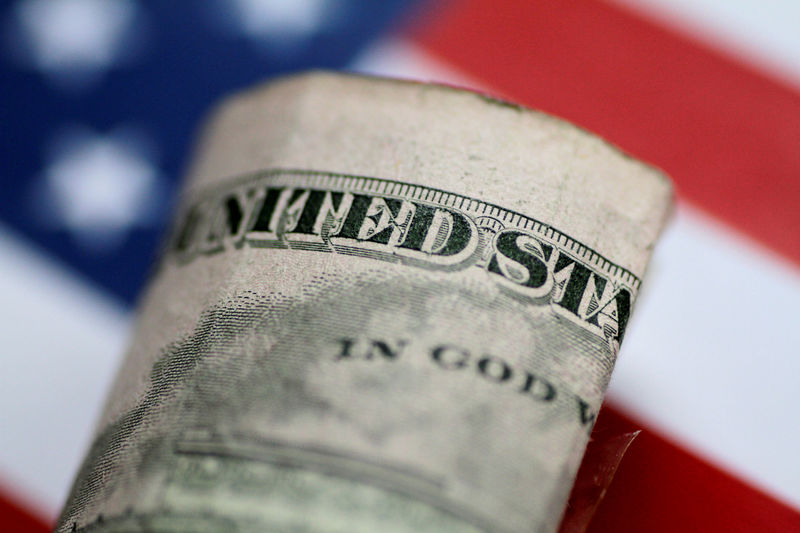By Peter Nurse
Investing.com - The U.S. dollar stabilized in early European trade Wednesday, pausing for breath after the previous session’s sharp gains in the wake of the hotter-than-expected U.S. inflation report.
At 03:00 ET (07:00 GMT), the Dollar Index, which tracks the greenback against a basket of six other currencies, traded largely unchanged at 109.510, after surging 1.5% overnight, its biggest one-day percentage gain since March 2020.
U.S. inflation turned out stronger than expected in August. In particular, the so-called 'core CPI' rose a thumping 0.6%, twice what was expected, driving the annual core inflation rate up to 6.3% from 5.9% in July. That's the highest it's been since the 40-year high that it hit in March.
This largely cements another big hike in interest rates from the Federal Reserve when its policymakers meet next week.
Markets have already priced in a high possibility that the Fed will raise rates by 75 basis points next week, but the chance of a full 1% rate increase is now also being considered.
That said, USD/JPY fell 0.8% to 143.42, with the yen bouncing from the 24-year low seen overnight on Japanese media reports that the Bank of Japan conducted a rate check, making traders wary that it was preparing to intervene to support the beleaguered currency.
Japanese Finance Minister Shunichi Suzuki also said that recent moves in the yen have been "rapid and one-sided", the conditions that could prompt the government to support the currency.
Elsewhere, EUR/USD rose 0.1% to 0.9976, remaining below parity after overnight weakness.
The euro selloff occurred despite last week’s historic 75 basis-point hike by the European Central Bank, and the signaling of more hikes to come by a number of policymakers.
This hawkish rhetoric continued Tuesday, with Governing Council member Gediminas Simkus, the Lithuanian central bank chief, saying the central bank should raise interest rates by at least a half-point at its October meeting.
“Inflation trends are strong,” he said. “Therefore, at least a 50 basis-point increase is needed” next month.
GBP/USD rose 0.1% to 1.1498, attempting to recover from a 1.6% fall overnight, despite the rate of inflation in the U.K. dropping back under 10% in August as falling fuel prices took a little of the heat out of the ongoing cost-of-living crisis.
That said, sterling losses were limited Wednesday as core inflation remained strong, suggesting that the headline figures were flattered by the drop in fuel prices.
AUD/USD fell 0.2% to 0.6715, continuing the hefty 2.3% slide overnight for the risk-sensitive currency. USD/CNY rose 0.6% to 6.9658, with the yuan falling close to a two-year low following a Reuters report that the U.S. was considering sanctions against China to deter it from invading Taiwan.
